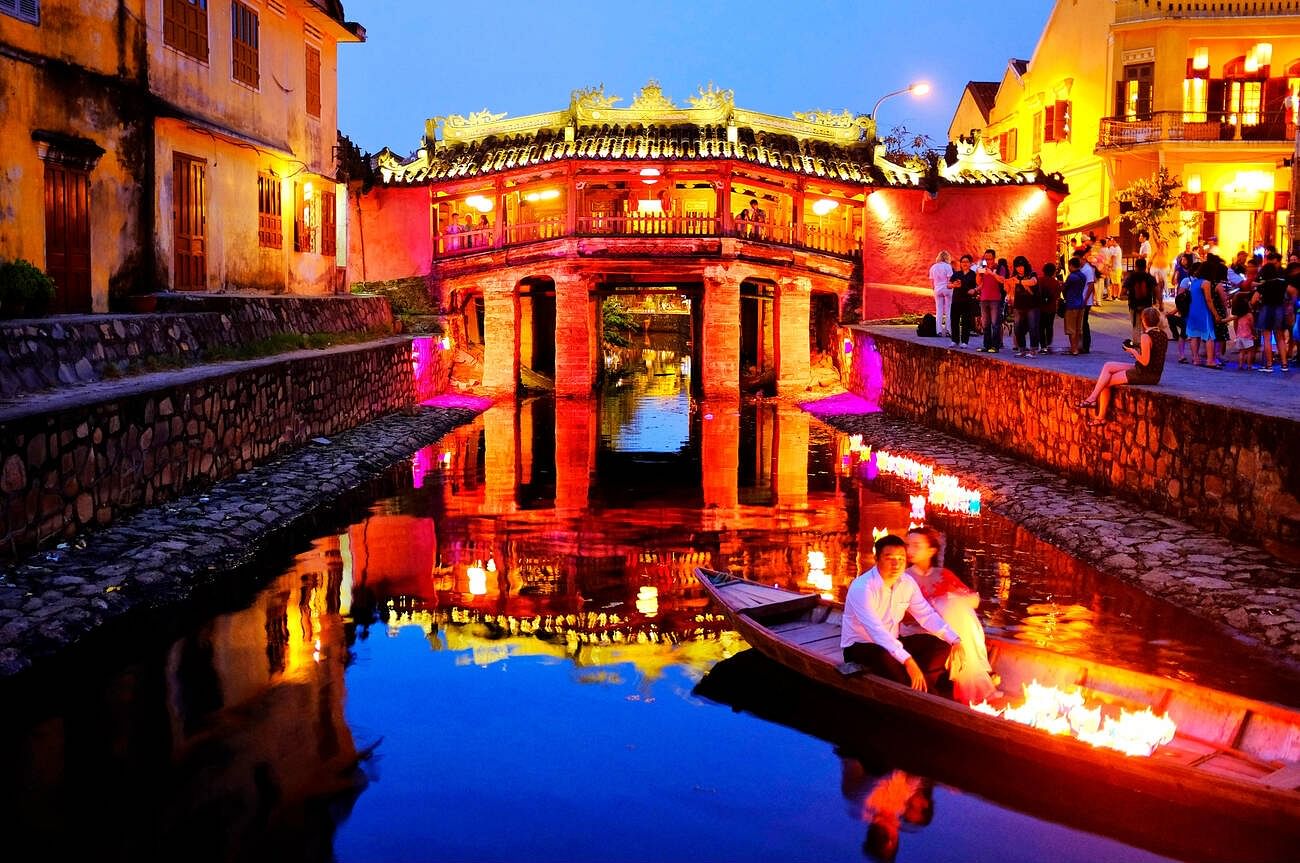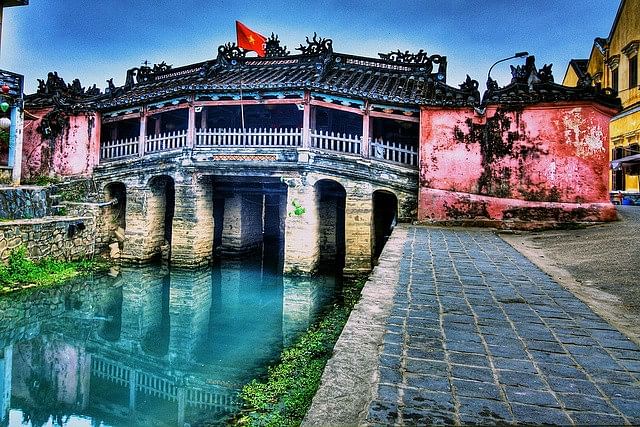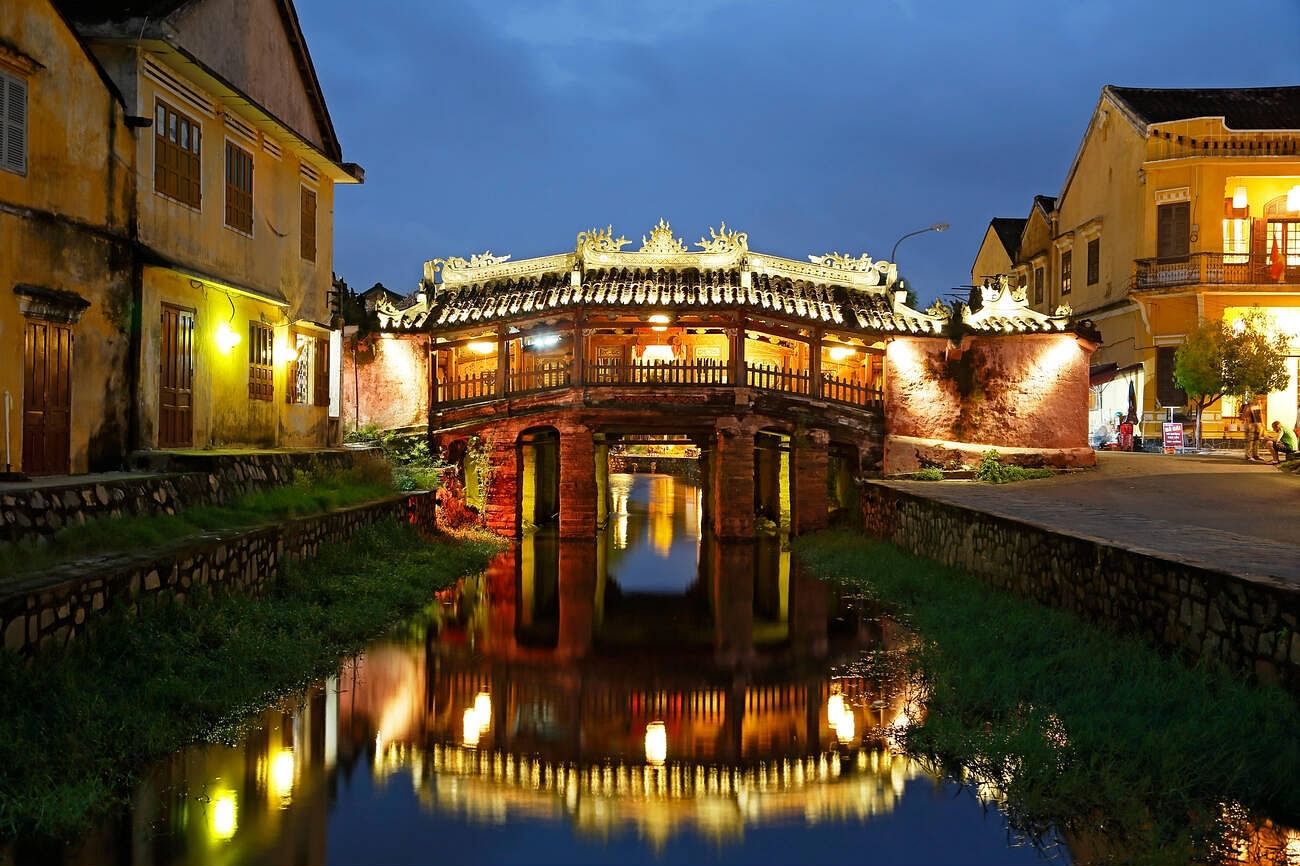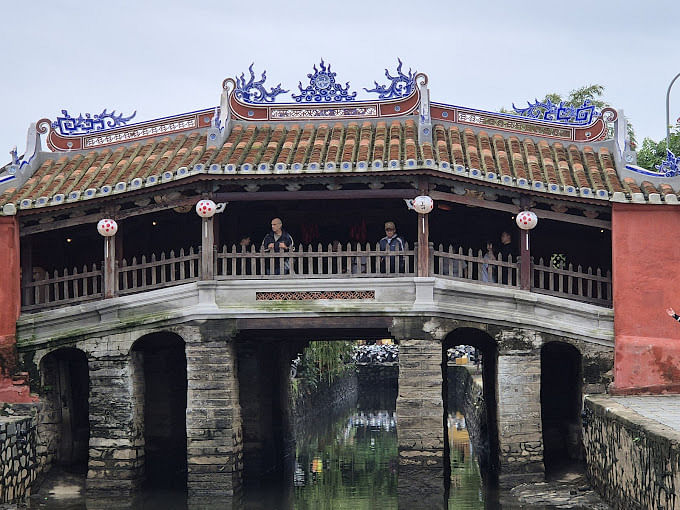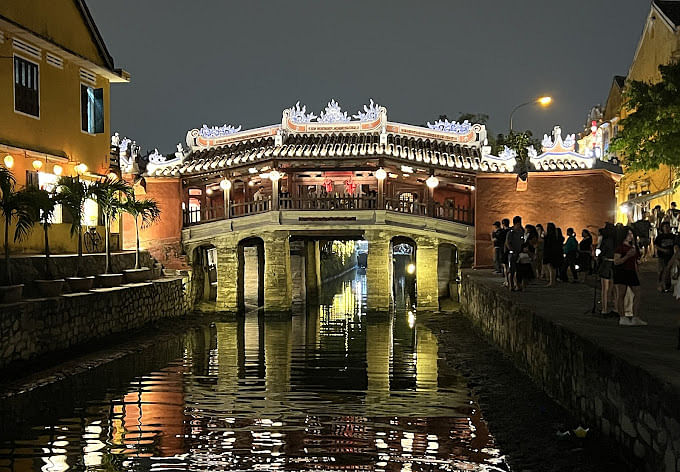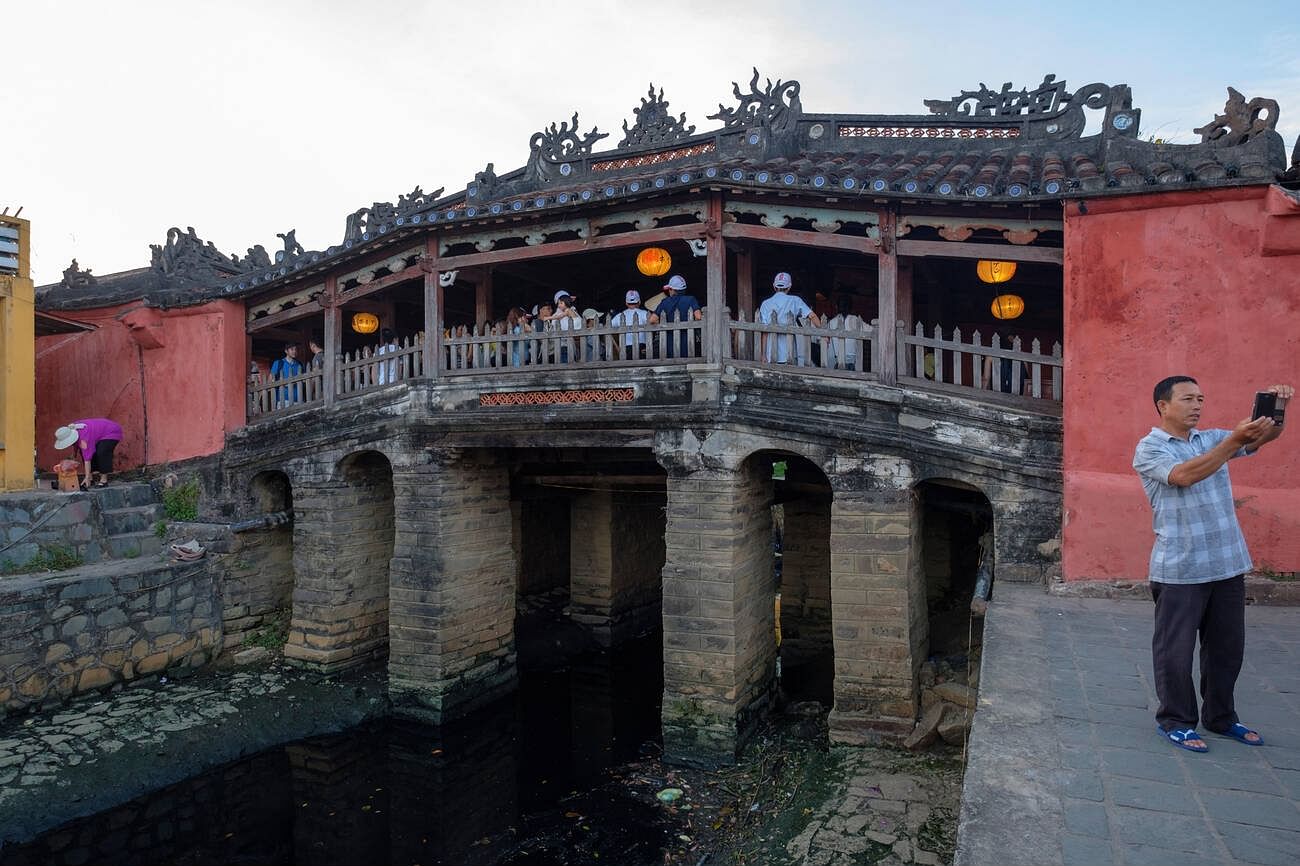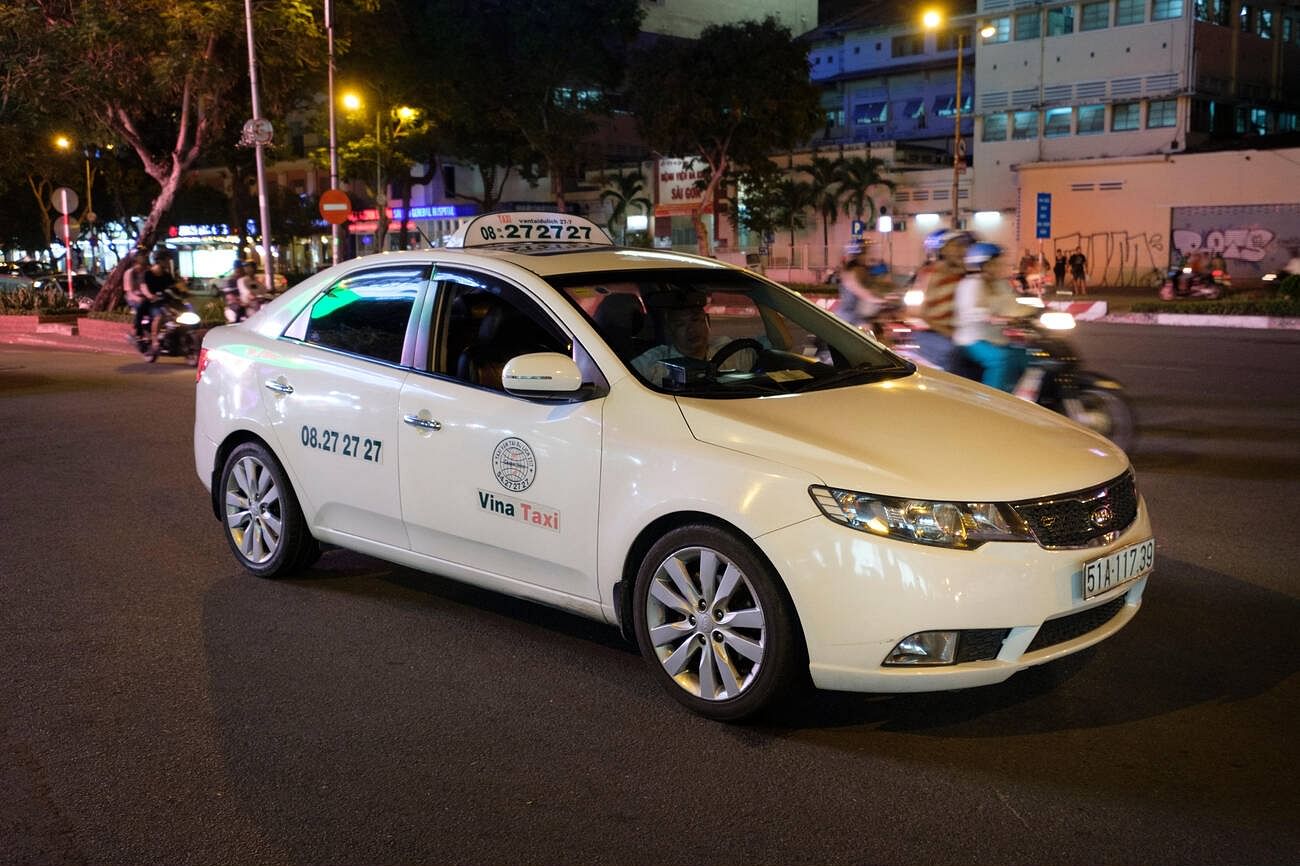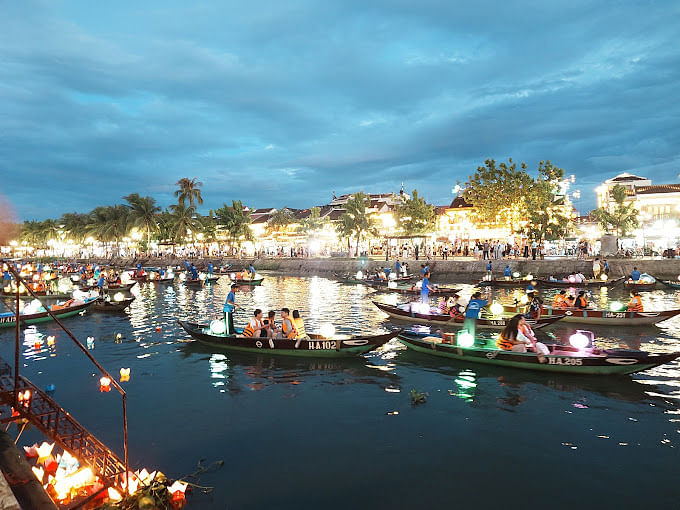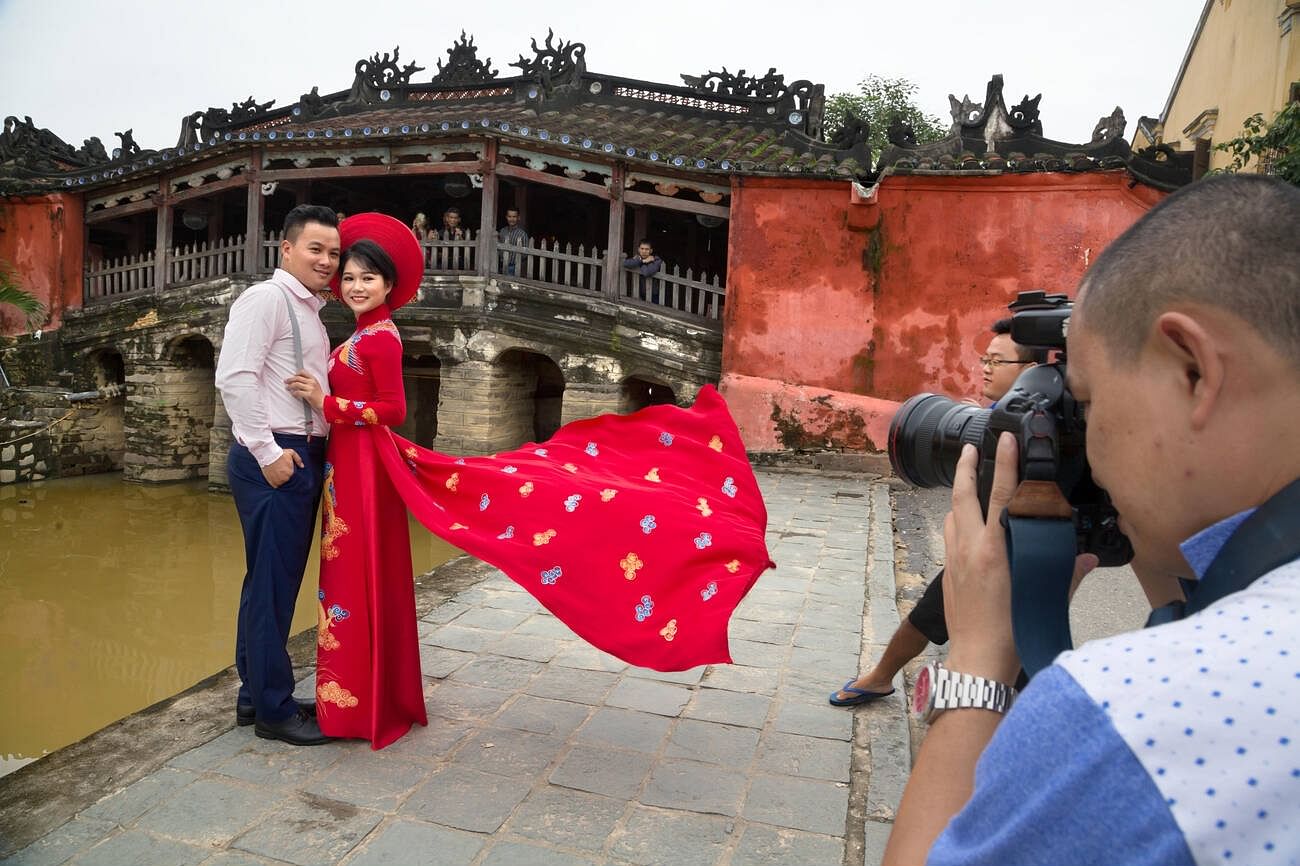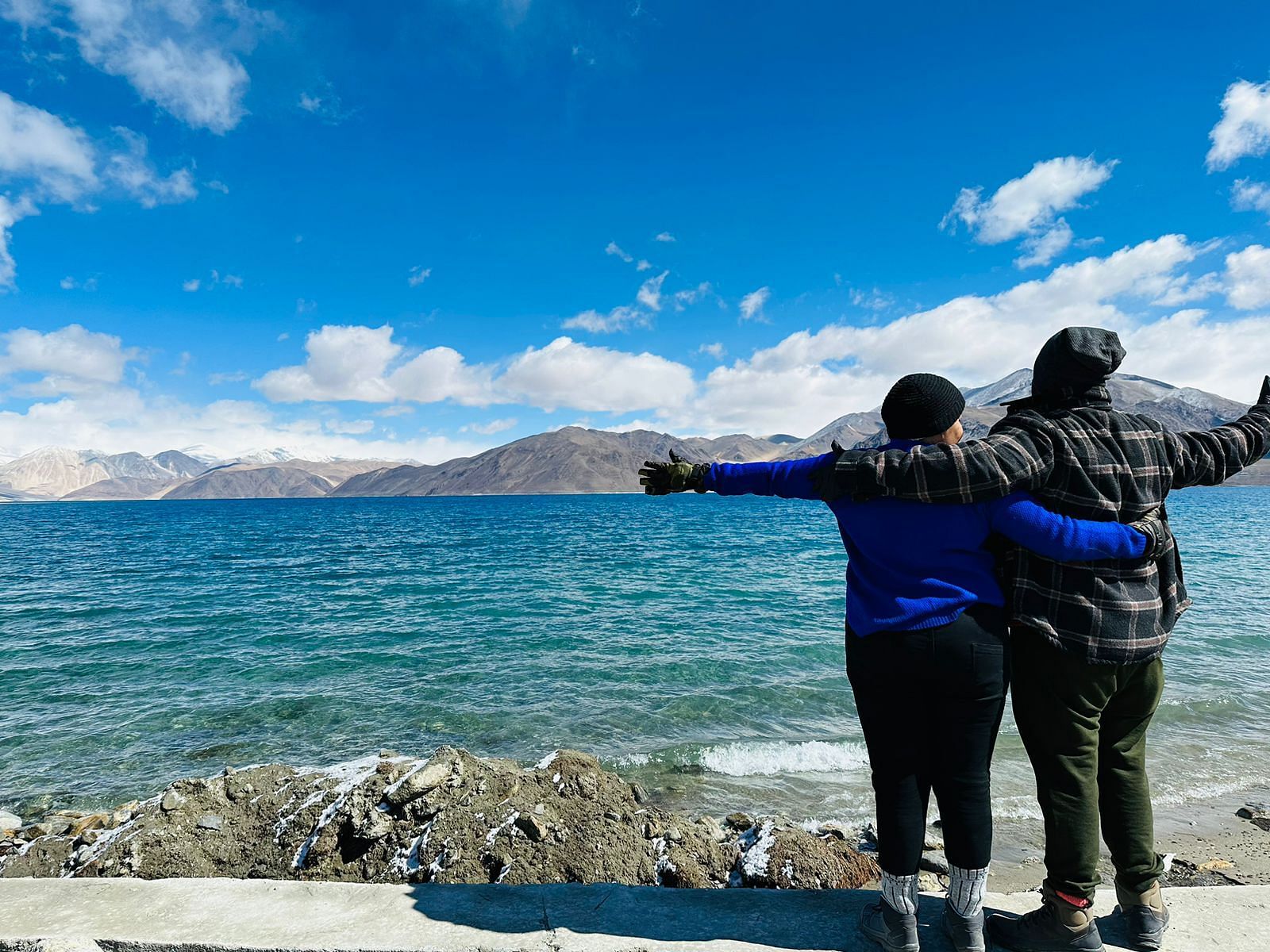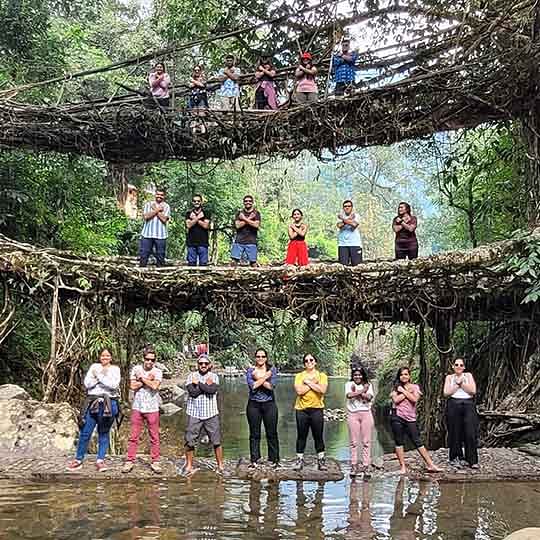Have you ever heard of a hidden sword that can manipulate the destiny of the city? If not, then what are you waiting for? Locally known as Chua Cau, the Japanese Bridge must be included in your Vietnam tour package while exploring Hoi An city.
The Japanese bridge in Hoi An’s history dates back more than 400 years. The bridge is one of the most iconic spots in the Old Town, but also a pretty photo stop. This bridge in Hoi An is a place which not only a historical site but also a place where three cultures blend with one another beautifully.
Japanese Covered Bridge, Hoi An, is a perfect blend of architecture, history, and spiritual significance. Whether you love taking photos, learning about culture, or just enjoying peaceful places, this charming little bridge will make your trip to Hoi An even more special.
Japanese Bridge, Hoi An History
The Japanese Covered Bridge in Hoi An is not only of historical significance but also takes you back in time with its diverse past. Let’s look into the history of this attraction in Hoi An by getting the gist of the town’s rich past.
- 16th Century Beginnings: The Japanese Bridge, Hoi An’s history began in the 16th century when the Japanese merchants decided to settle in the city. Making this city a bustling trading port, they built a bridge to connect their residential area with the Chinese quarter across the canal. This creates a blend of 3 communities and their cultures.
- 1653 Renovation: After some years, a small temple was added on top of the bridge, dedicated to the Taoist deity Trấn Vũ. The Chinese community believed Trấn Vũ would protect them from the natural calamities as well as control the weather. The god is mentioned in the Chinese mythology by other names, including Zhenwu or Xuandi.
- 1719 Name Carnnation: In the year 1719, the name of the bridge was incarved in 3 Chinese characters, which is translated in Vietnamese “Lai Vien Kieu” and in English it says “the bridge to receive guests from afar”. Later, the bridge was named “Japanese Bridge” or “Japanese Covered Bridge” as it was built by the Japanese.
- Recent Update: In 1990, the bridge was included in the country’s National Historic–Cultural Heritage Site. After becoming part of the cultural heritage site of the country, it was renovated continuously. Recently, the Chua Cau, Japanese Bridge was renovated in July 2024 for 19 months.
Also Read: Explore Cu Chi Tunnels| Unique Hidden City of Vietnam| 2025
The Legend of the Japanese Covered Bridge Hoi An
Ever wondered why the Japanese Covered Bridge in Hoi An is more than just a pretty sight? Well, you will be surprised to know that this one of the best places to visit in Vietnam also has a mythological significance.
According to Japanese mythology, a giant catfish-like sea monster named Namazu lives beneath the Earth's surface. This monster is not like any other ordinary creature, but it’s said to have its head in India, body in Vietnam, and tail in Japan. It is believed that whenever this giant sea monster moves, it causes earthquakes and floods across the lands.
In Japan, it was believed that only Kashima, the thunder god’s son and a master of swordsmanship, could defeat this monster and protect the lives. It is said that the back of Namazu passed beneath the bridge. So when Japanese traders built the bridge in the 17th century, they designed it as a symbolic sword piercing the monster's back, which captured the monster in its place. Pretty epic, right?
The pagoda on the bridge was also dedicated to Tran Vu, the God of the North, who is believed to calm the waters and protect against floods. Locals prayed to him for peace, protection, and good fortune, especially during flood season from September to December.
So when you walk across this bridge, you're not just crossing a stream; you’re walking over a mythical protector, part of a story that blends Vietnamese and Japanese culture, spirituality, and history.
Architectural Highlights of the Japanese Bridge
The beauty of the Japanese Covered Bridge in Hoi An lies in its architectural structure. Let’s break it down for you:
- Beautiful Covered Structure: The Japanese Covered Bridge, Hoi An is looks like a design that came out of a storybook. The curved, tile-roofed design showcases the perfect blend of Japanese architecture with local Vietnamese style.
- Intricate Carvings and Details: You’ll notice dragon statues, wooden carvings, and symbolic motifs across the bridge. These elements reflect the spiritual beliefs of the Japanese and Vietnamese communities that once lived here.
- A Pagoda in the Middle: Right in the center of Hoi An, Japanese Bridge, there's a small pagoda dedicated to the northern god Tran Vu, who is believed to protect the town from floods and disasters.
- Stone and Wood Craftsmanship: The base is made of sturdy stone, while the rest of the bridge showcases traditional wooden craftsmanship. Even after centuries, it remains strong and elegant.
- Lighting at Night: At night, the bridge glows with soft lantern lights, turning it into a magical spot for photos and peaceful walks. To explore the bridge at night is one of the magical things to do in Vietnam.
Cultural Significance & Symbolism of Chùa Cầu, Hoi An
The Japanese Covered Bridge, Hoi An, isn’t just architecturally beautiful, but it’s one of the most meaningful cultural landmarks in Hoi An. Built by the Japanese community in the 17th century, the bridge symbolized peace and friendship between Japan, China, and Vietnam. It connected the Japanese settlement with the Chinese quarter, showing how trade brought people together.
Today, both locals and travelers admire it as a symbol of unity and spiritual protection. With its small pagoda and historic charm, the Hoi An Japanese Bridge continues to be a place of reflection, respect, and cultural pride.
Also Read: Guide on Temple of Literature| First University of Vietnam| 2025
Best Time to Visit Japanese Covered Bridge, Hoi An
Planning your visit to Chùa Cầu? The best time to visit Japanese Covered Bridge, Hoi An, is in the early morning or late hours when there is less crowd and you can explore the bridge without any rush.
The best time to visit Japanese Covered Bridge in months is from February to April. During these months, the weather has pleasant temperatures and clear skies, making this period ideal for visits.
How to get Japanese Covered Bridge
The Chùa Cầu is very well connected to the city. Here are the ways for you which you get to the Japanese Covered Bridge:
- By Bus: Catch a local bus from Da Nang to Hoi An for just 25,000 VND. Buses run every 20 minutes from 5:30 AM to 6:00 PM. It takes around 70–80 minutes.
- By Motorbike: Rent a scooter in Da Nang for 80,000–130,000 VND/day. The scenic ride to the Japanese Covered Bridge, Hoi An, takes just over an hour—perfect for adventure lovers!
- By Taxi: The quickest and most comfortable way! Fares range from 300,000–400,000 VND. Share with friends to split the cost.
Also Read: Explore Dien Bien Phu| Complete Guide Fearless Vietnam’s Battlefield
Fun Facts About Japanese Covered Bridge
Here are some fun facts about Japanese Covered Bridge that make it even more special:
- Did you know it's featured on Vietnam’s 20,000 VND currency note?
- Locals call it “Chùa Cầu,” which means “Pagoda Bridge,” because of the small shrine dedicated to the northern god Tran Vu in the middle.
- According to legend, the bridge was built to pin down Namazu, a giant sea monster believed to cause earthquakes and floods!
Things to Do Near Japanese Covered Bridge
While visiting the bridge, you can also explore these nearby attractions:
- Hoi An Ancient Town: Wander through well-preserved streets showcasing a blend of architectural styles and rich history.
- Hoi An Night Market: Experience vibrant stalls selling local crafts, souvenirs, and delectable street food.
- Thu Bon River: Enjoy a boat ride, especially enchanting during sunset.
- Local Cafés and Restaurants: Savor traditional Vietnamese dishes and the renowned Hoi An coffee.
- Tailor Shops: Get custom-made clothing from skilled local tailors, a specialty of Hoi An.
Also Read: 25 Must-Visit Indian Restaurants in Vietnam
Tips for First-Time Visitors to Chùa Cầu
- It is advisable to wear light clothing, and comfortable footwear is recommended for walking.
- Always carry a water bottle, especially during warmer months.
- Maintain a respectful demeanor; avoid loud conversations and ensure your attire is modest.
- While photography is welcome, be mindful not to obstruct pathways or disturb others
- Some areas in Hoi An Ancient Town may require an entrance ticket; it's advisable to check in advance.
- Occasionally, the bridge undergoes renovations. It's a good idea to check its accessibility before planning your visit.




